I’ve been developing iPhone/iPad apps for over 5 years as an indie iOS developer who makes a living from them.
Nowadays, there are many useful tools for app development and business which didn’t exist before and I strongly recommend using them to boost your productivity.
These are the Top 10 tools that I am still using after trying a lot of alternatives. These tools are mainly for general app business such as analytics, managing apps, and user support, so I believe they are also useful for people who don’t code.
I use them for iOS apps, but most of them can be used for Android apps too.
10. Iconfinder (Free + Paid)
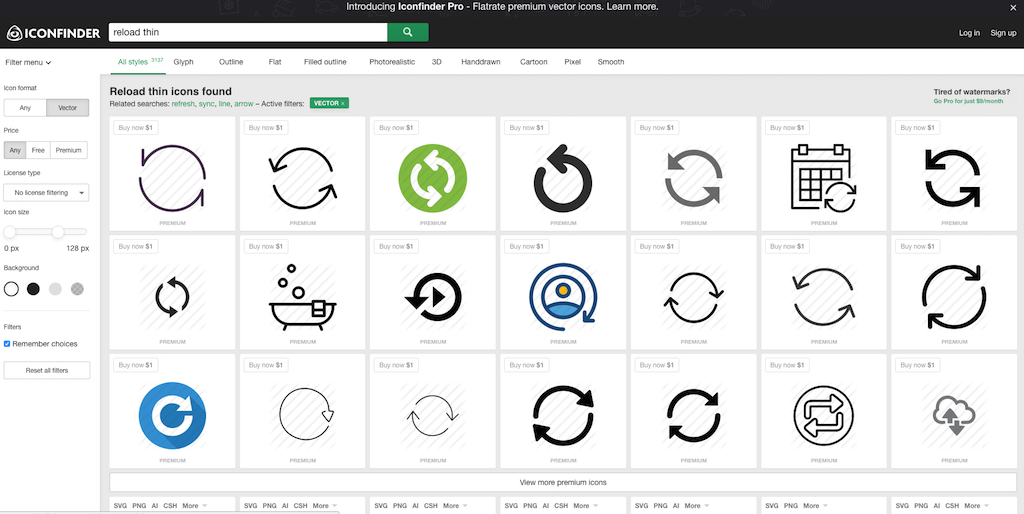
Handling visual design in mobile apps is relatively easy compared to using web services, since the screen size is smaller and you can use many default preset icons.
When I want to use custom icons for my apps, I look for suitable ones from icon collections like http://www.glyphish.com/ first. If I can’t find what I want from the collection, I use Iconfinder.
For example, when you want to find a flat designed reload icon, you can search for “reload thing” on the site.
9. Token (Paid)
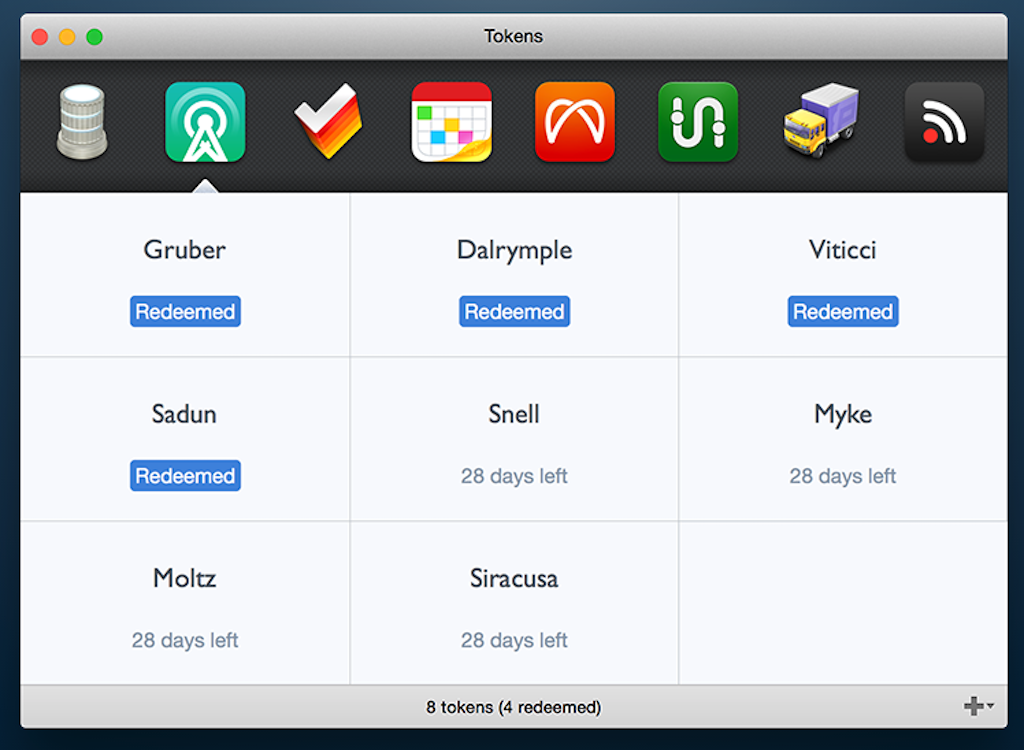
Token is a Mac app which makes distributing promo codes very easy.
Once your app has been approved in the AppStore, you can give promo codes to users so that they can use your apps for free or try the latest versions of your apps before you release them.
Recently, Apple has even allowed the distribution of promo codes for in-app purchases and subscriptions.
Even though users usually need to copy and paste promo codes on the AppStore, with Token you can send one easy link so that all they have to do is to just tap the link to paste promo codes on the AppStore.
You can even distribute a bulk of promo codes to random people. The only limitation is that you cannot use Token with two-factor authentication.
I mainly use promo codes to test my apps on the AppStore before I release new versions of my apps. You can test the released version of your apps on the AppStore against the sandbox version before you hit the release button.
8. Gengo (Paid)
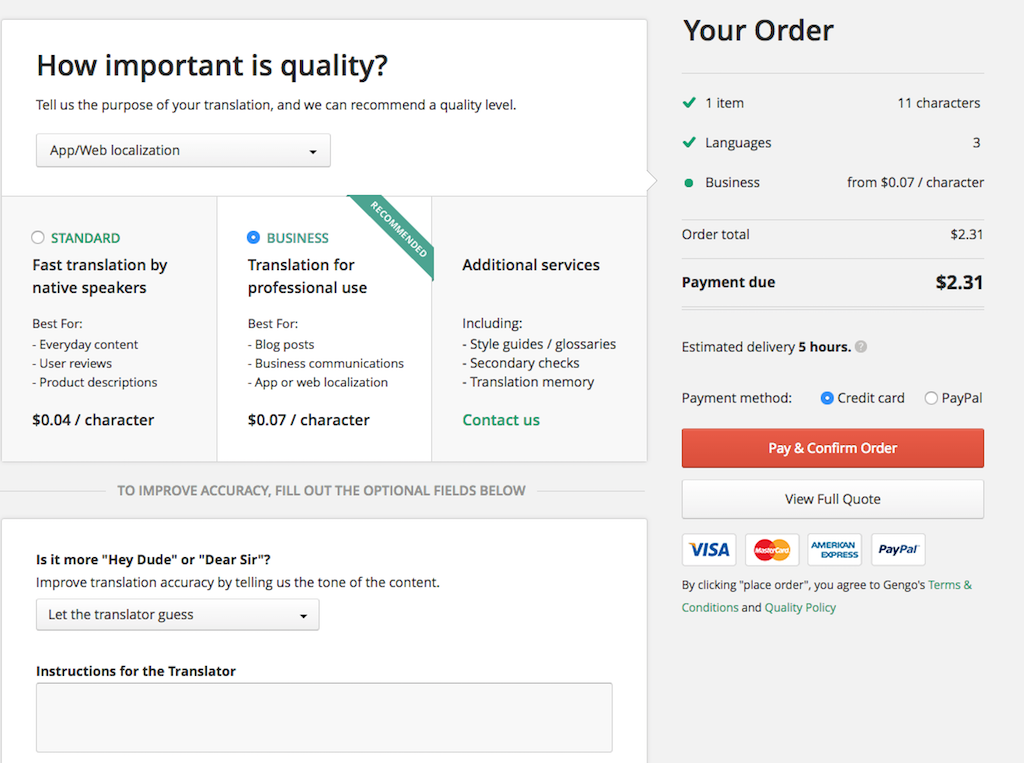
This service is not made for mobile app development, but I constantly use Gengo to localize my apps into different languages. This service is very easy to use and the translation speed is usually very quick.
I tried a few localization services made for mobile app development before I settled on Gengo, but I found that Gengo is the simplest and easiest one to use.
When you use it, you need to use [[[ ]]] to explain each sentence to make it easy for translators to understand. I also believe that it’s possible to pick translators who understand tech when you choose App/Web localization in the purpose section.
7. AppBot (Free + Paid)
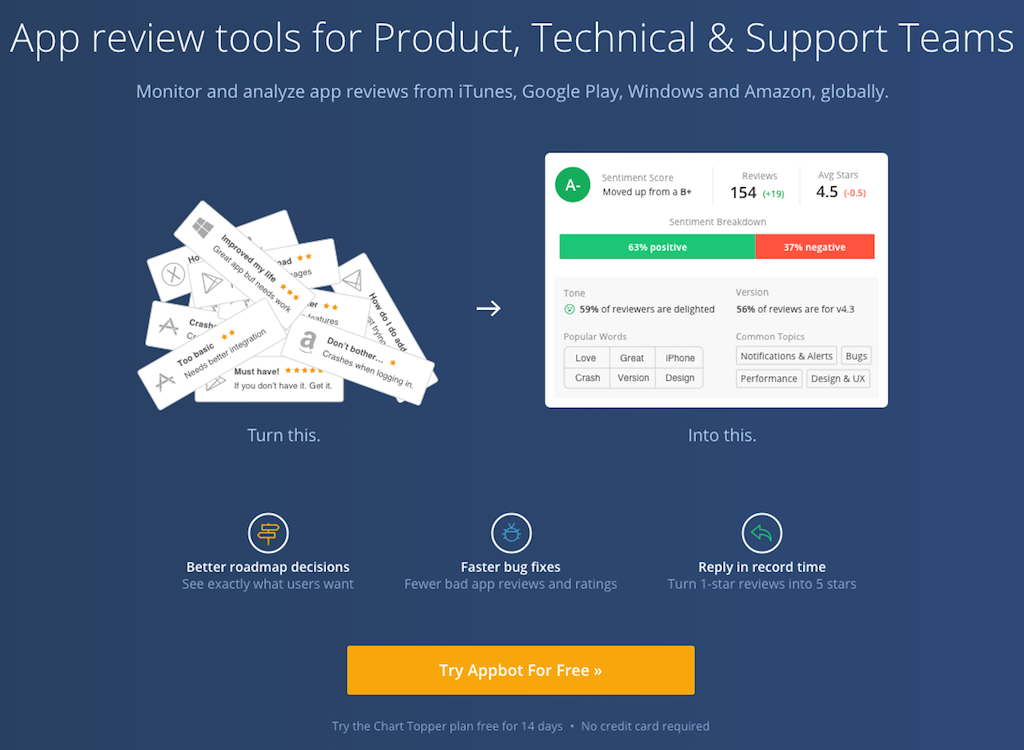
AppBot delivers the latest user reviews on the AppStore to your mailbox. AppBot also has several other features, but I only use the user review delivery function for free.
What I like about AppBot is that it delivers reviews from different countries to you, so you can be aware of users outside of your home country.
As a solo indie developer, updating apps alone every day is quite a lonely work so reading encouraging reviews from users really motivates me to keep going.
6. Screenshot Builder (Free + Paid)
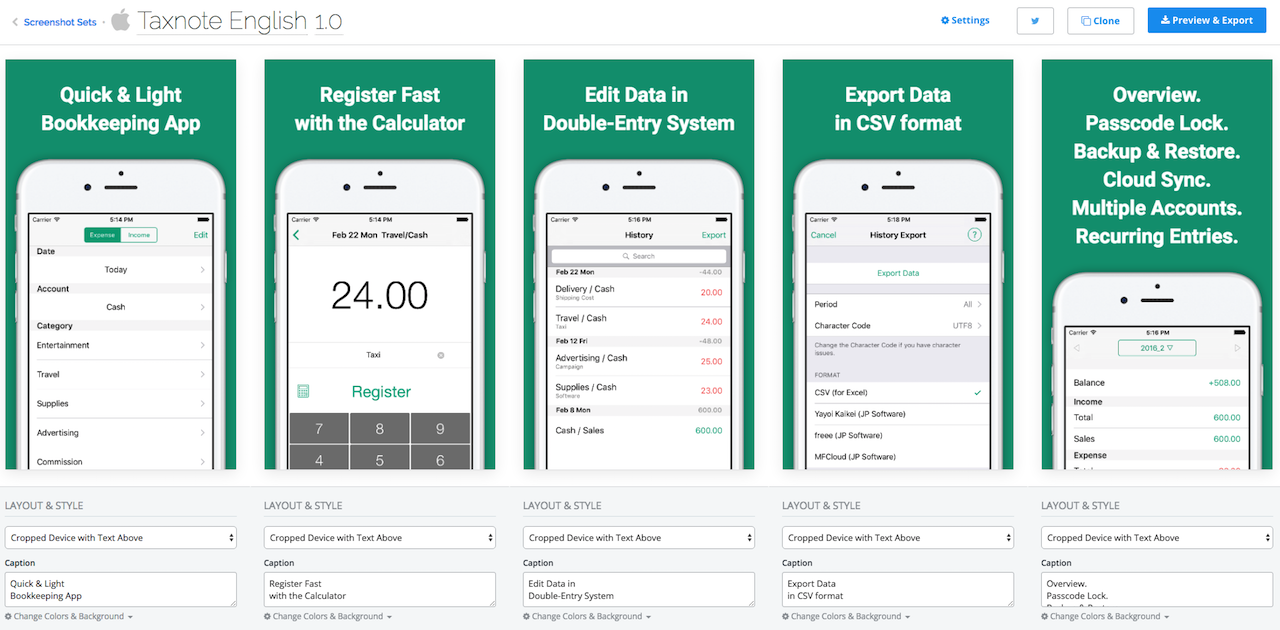
https://launchkit.io/screenshots/
This is a very handy service when you want to create or update app screenshots. You can update each description, font type, font size, and background color easily, and it will create iPhone/iPad screenshots into different resolutions.
Without using this tool I couldn’t consider localizing Taxnote into 7 languages. The only thing is that you can’t reorder each screenshot after you create it.
5. Fastlane (Free)
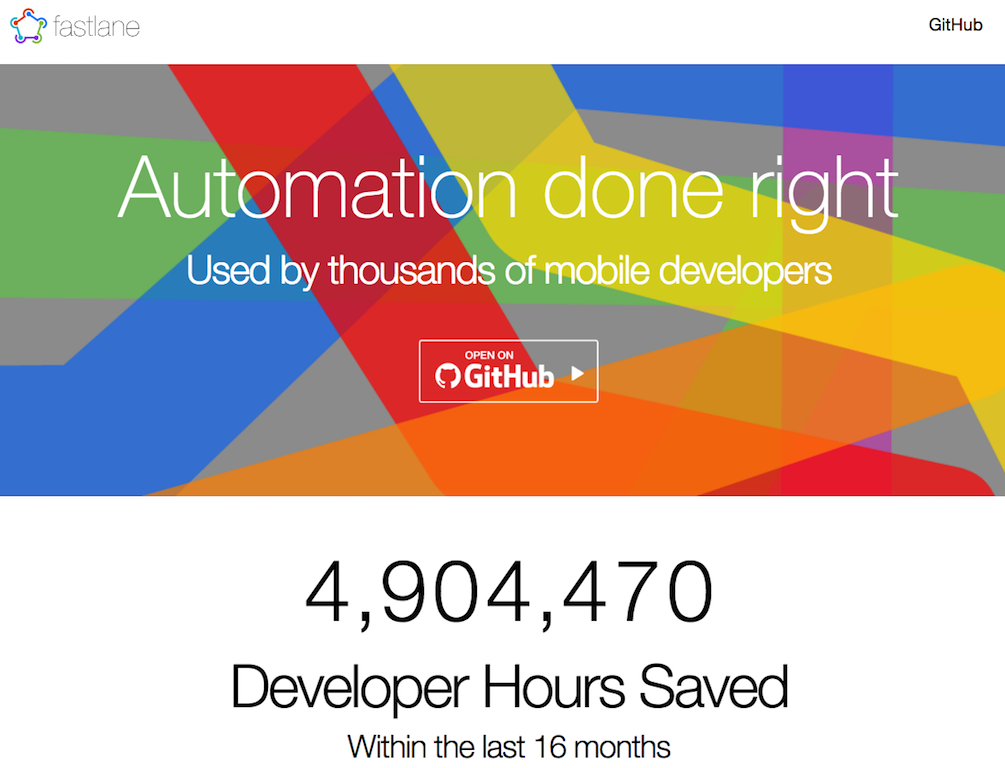
Fastlane is an awesome terminal base tool set for every iOS developer. There are several cool tools in Fastlane, but I mainly use Deliver.
With Deliver, you can upload screenshots, keywords, release notes, app names and so on using a terminal.
When you support iPhone and iPad and even localize your apps, manually updating their data on iTunes is a nightmare, but Deliver truly saves you time in this regard.
4. Mixpanel (Free + Paid)
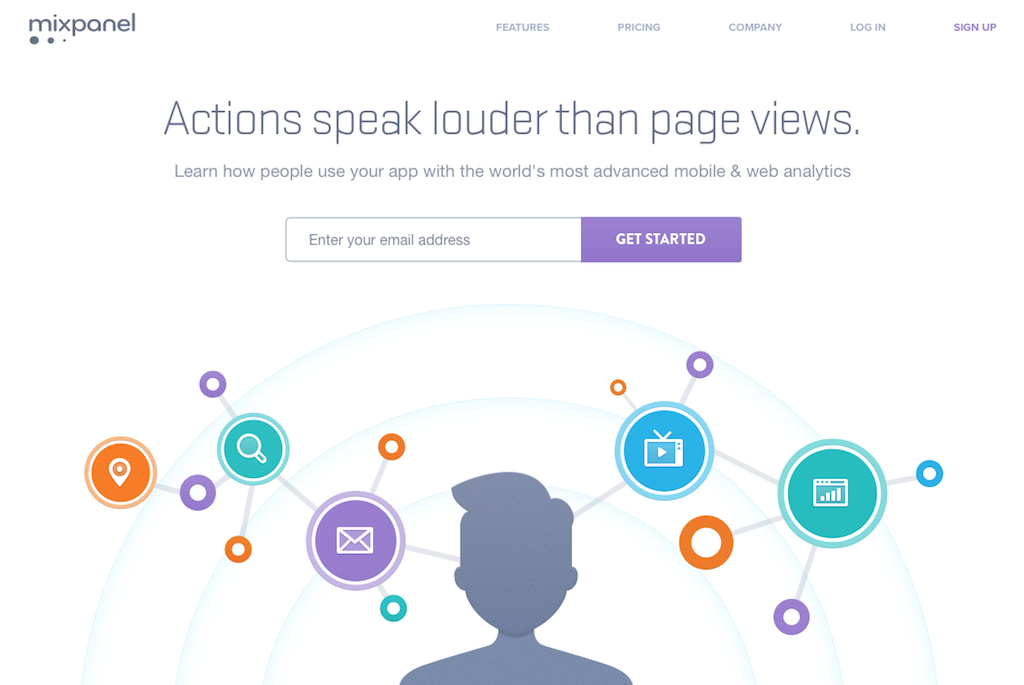
I’ve tried a lot of analytics tools for iOS, but Mixpanel is the best one for doing different kinds of custom analytics like funnel analysis with iOS versions, countries, and app versions.
It’s not an entirely free service so if you try to track the large volume of data in popular apps, you will easily exceed the free limit. Therefore, I use Mixpanel when I want to analyze specific segments.
I am also using Answer of Fabric for viewing broader numbers, but Mixpanel comes first when I want to do custom analysis.
Speaking of subscription data, including free trial and cancellation numbers, you can use the Analytics tool from Apple iTunes Connect. Each analytics tool has own strengths so it’s good to use several tools at the same time for different metrics.
3. AppAnnie (Free)
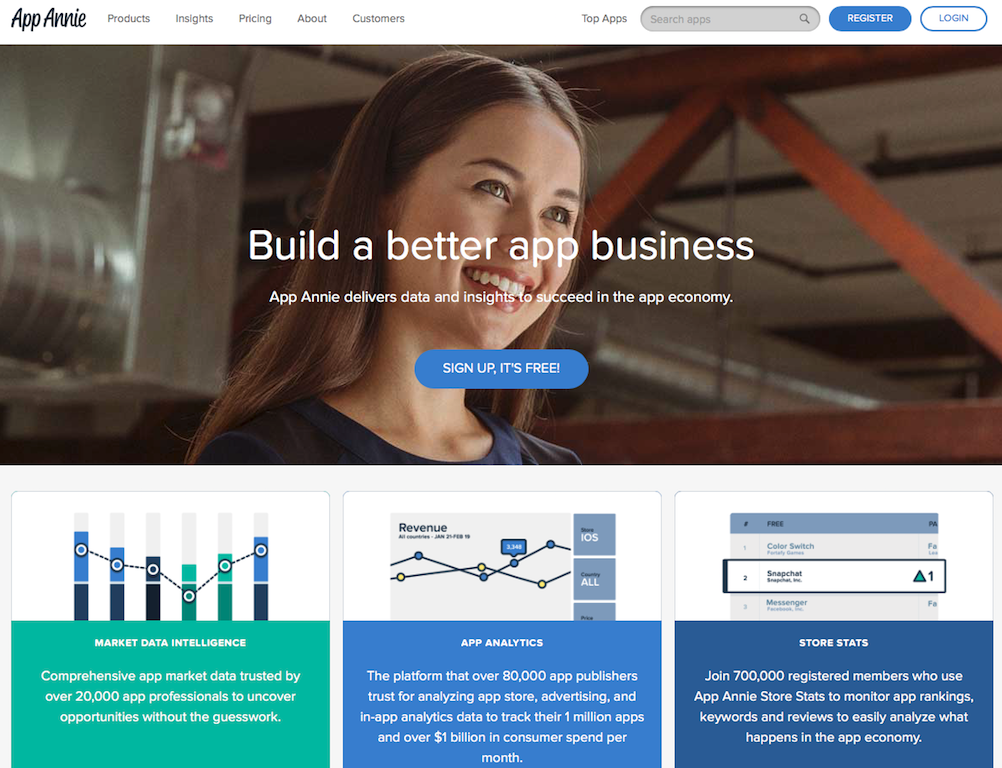
AppAnnie is a very popular service that enables you to see downloads and sales data on the AppStore and GooglePlay.
It’s much easier to see downloads and sales based on app versions, countries, and date using AppAnnie than it is with Apple iTunes Connect.
AppAnnie also features its App Store Optimization (ASO) tool which helps you find better keywords or titles for your app on the AppStore, and I believe this is the de facto standard tool for doing ASO nowadays.
2. Fabric(Crashlytics・Answer) (Free)
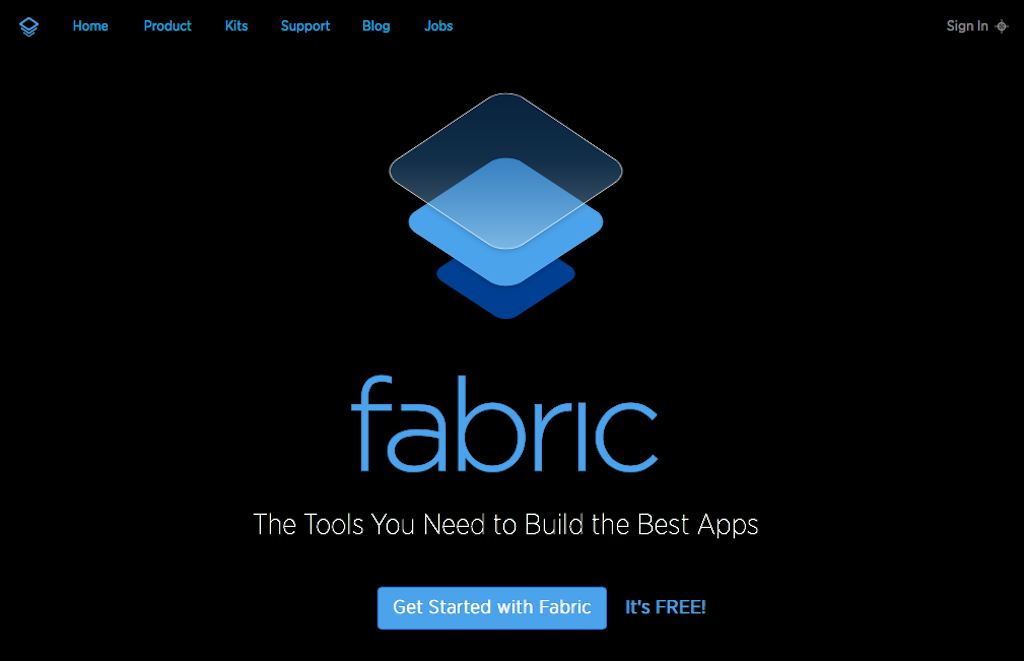
For mobile developers, Fabric is a useful analytic tool provided by Twitter.
The great thing about Fabric is nothing but design. It’s elegant and easy to see data in different formats: I’ve never seen an analytic dashboard as great looking as Fabric yet.
With Crashlytics, you can track crash data from your apps so you can easily track how your apps crash based on detailed stack trace, app versions, iOS versions, and so on.
With Answer, you can track app downloads, active users, retention, and more. The retention dashboard of Answer is especially useful compared to other analytic tools.
The only down side, and it’s a big one, is that Answer only shows the recent month’s data in the dashboard.
1. Helpshift (Free + Paid)
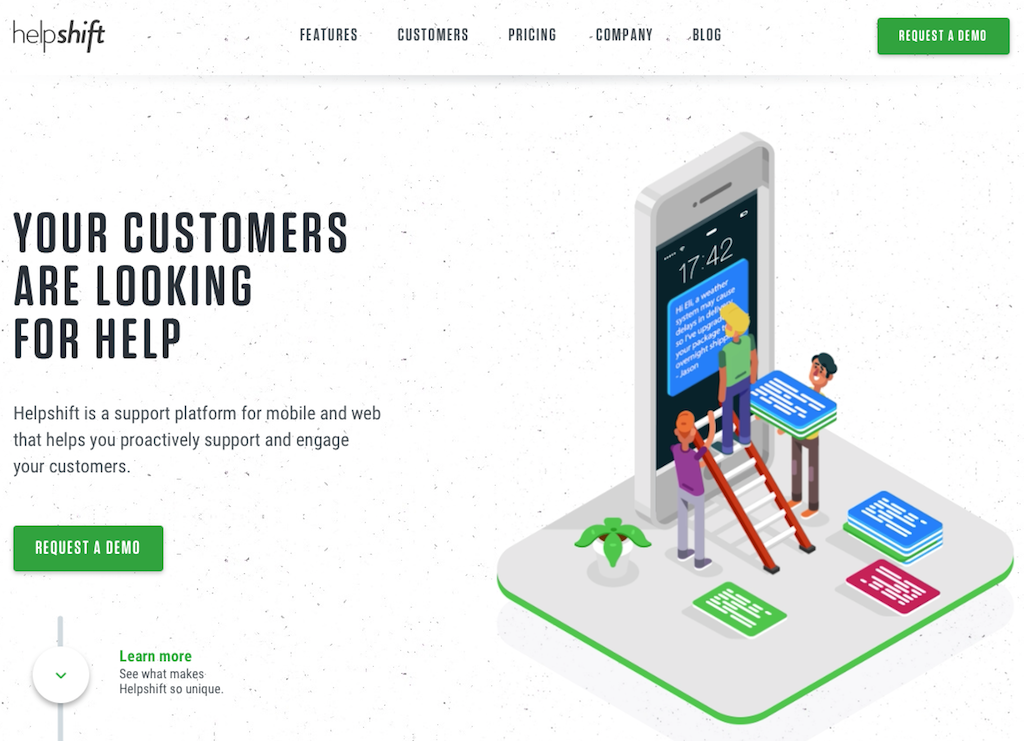
With Helpshift, you can implement a support box which helps you communicate with users. If you want to update your apps based on user feedback, this is an essential tool for you.
By using Helpshift SDK, your users can send questions or requests inside your apps easily, and you can reply to them directly via chat box.
You can also implement FAQ inside your apps and manage the service on the server using Helpshift SDK. It’s very efficient since you can even easily localize the FAQ.
I believe I couldn’t get enough feedback from users without Helpshift, since contacting developers via email is a pain for anyone and you end up missing important feedback because of that.
Hearing user feedback is crucial for me when I am updating my own apps, so using Helpshift is really useful.
*Related
The Easy Way To Improve User Interface Designs
How do you say No to users without annoying them?
*I've made Text-to-Speech, Money Tracker, and Timer apps. About Me.

